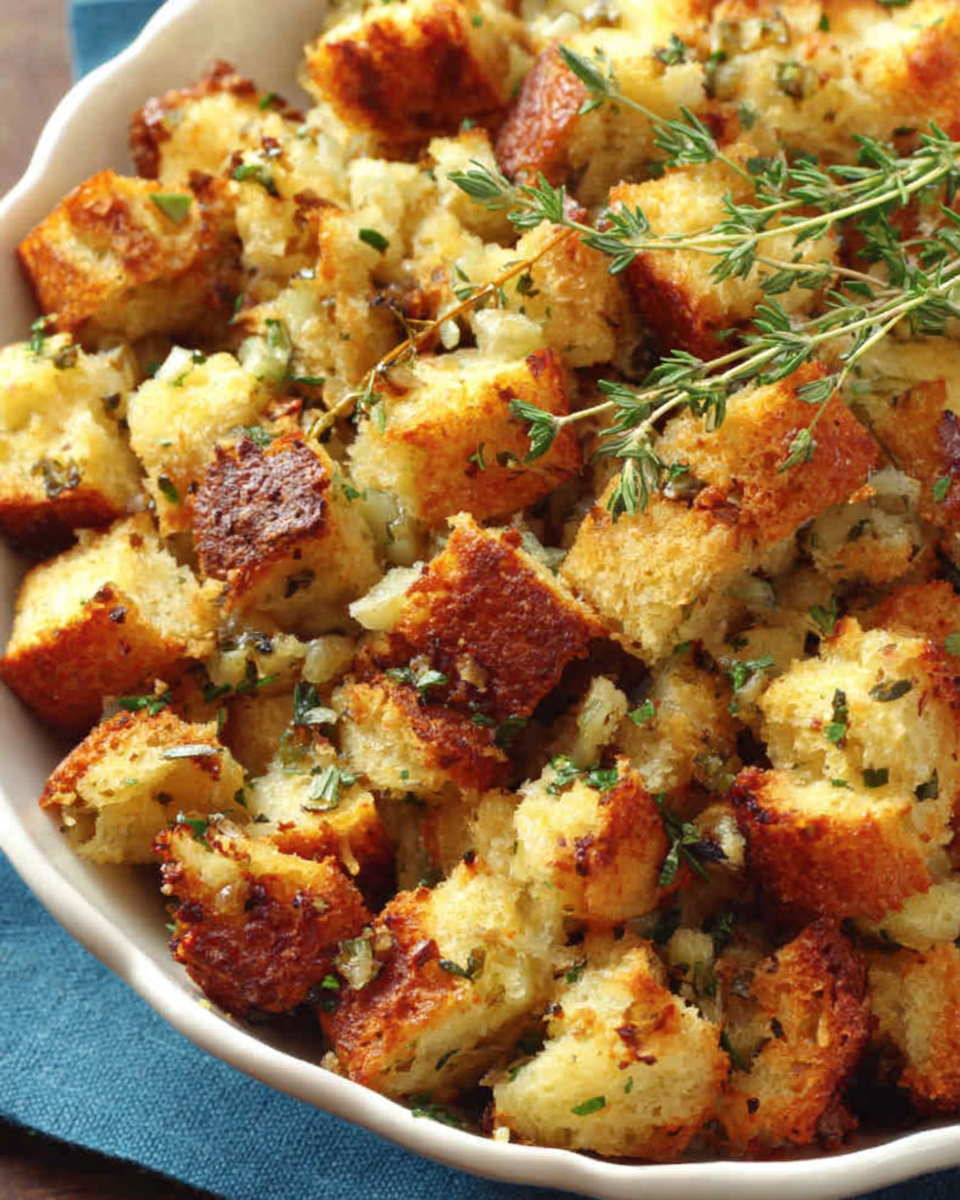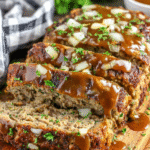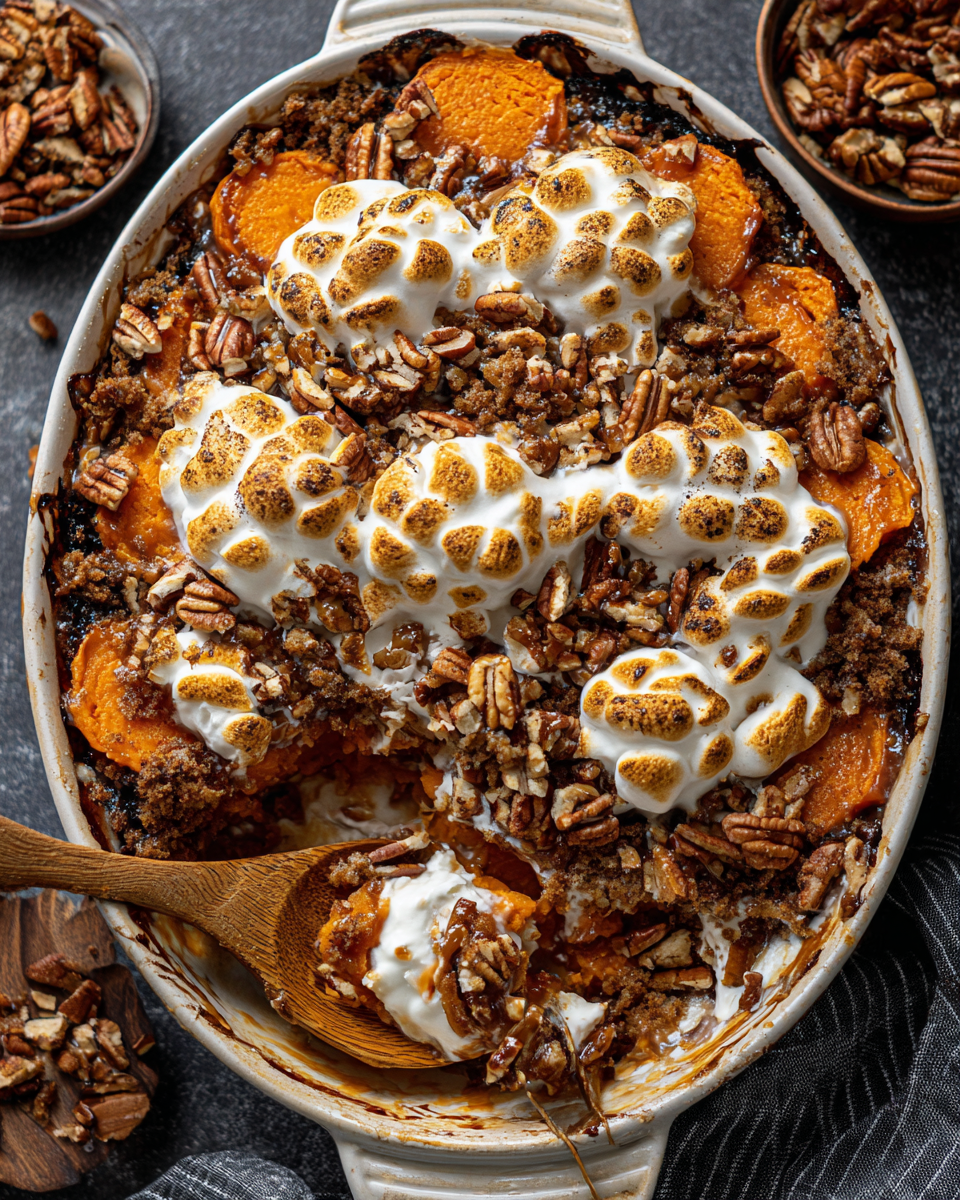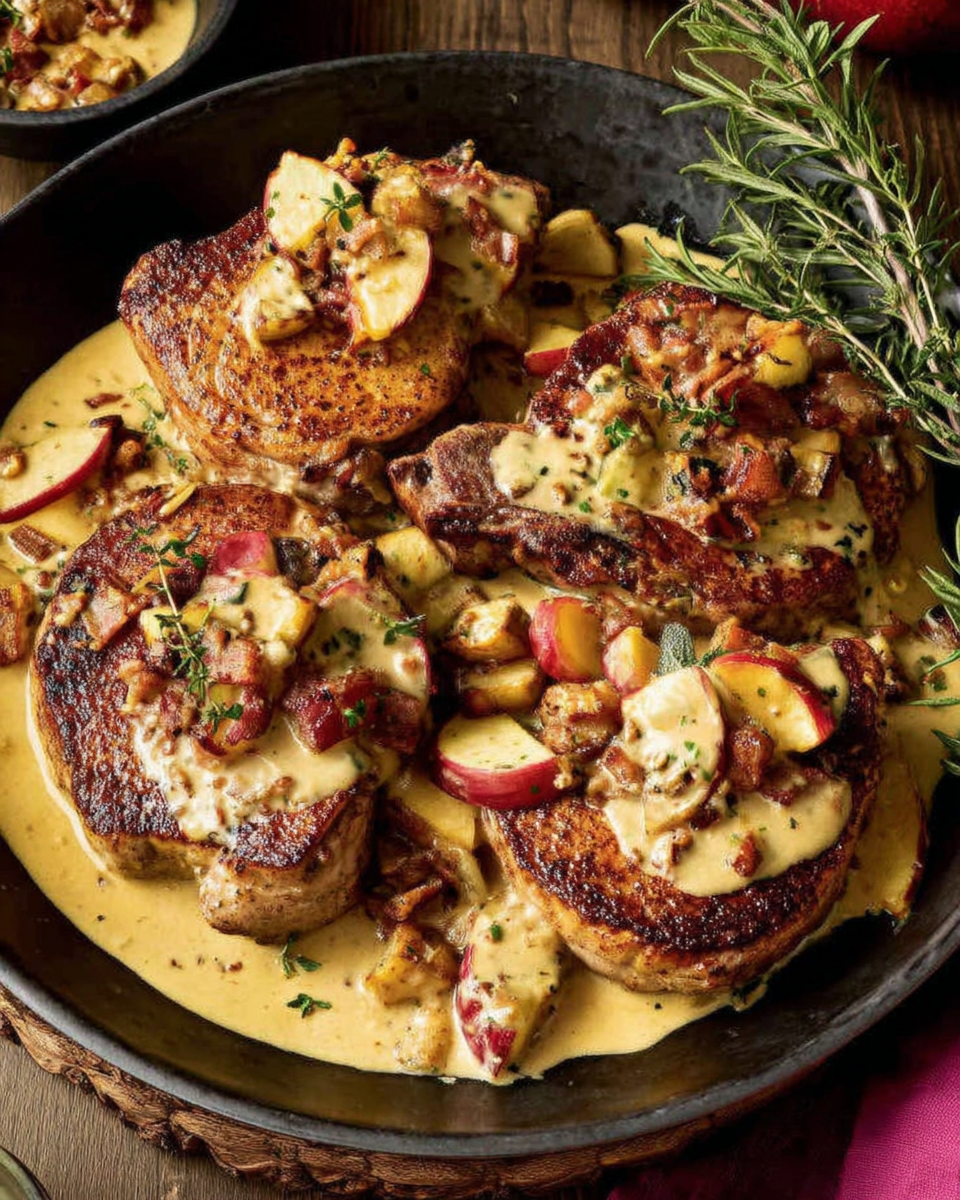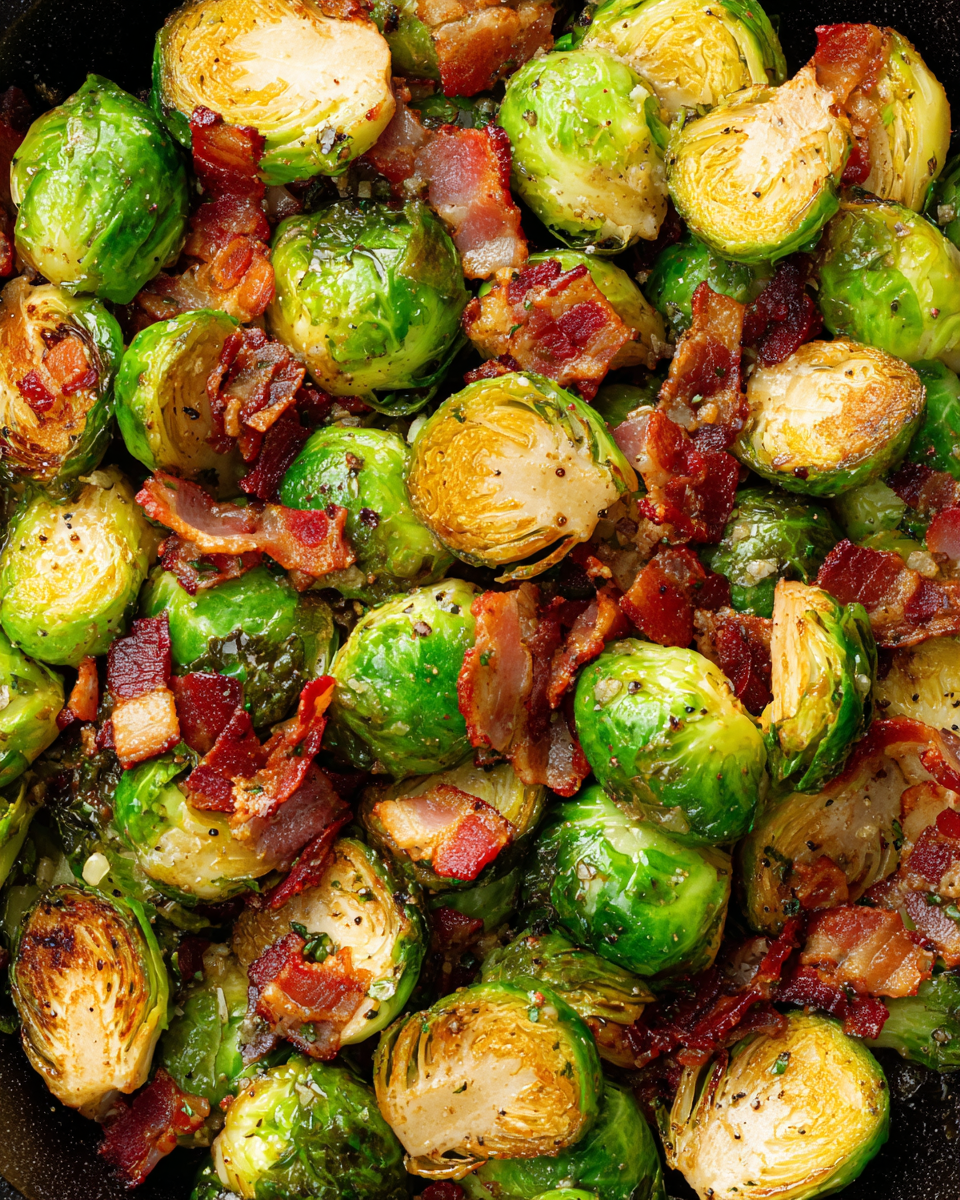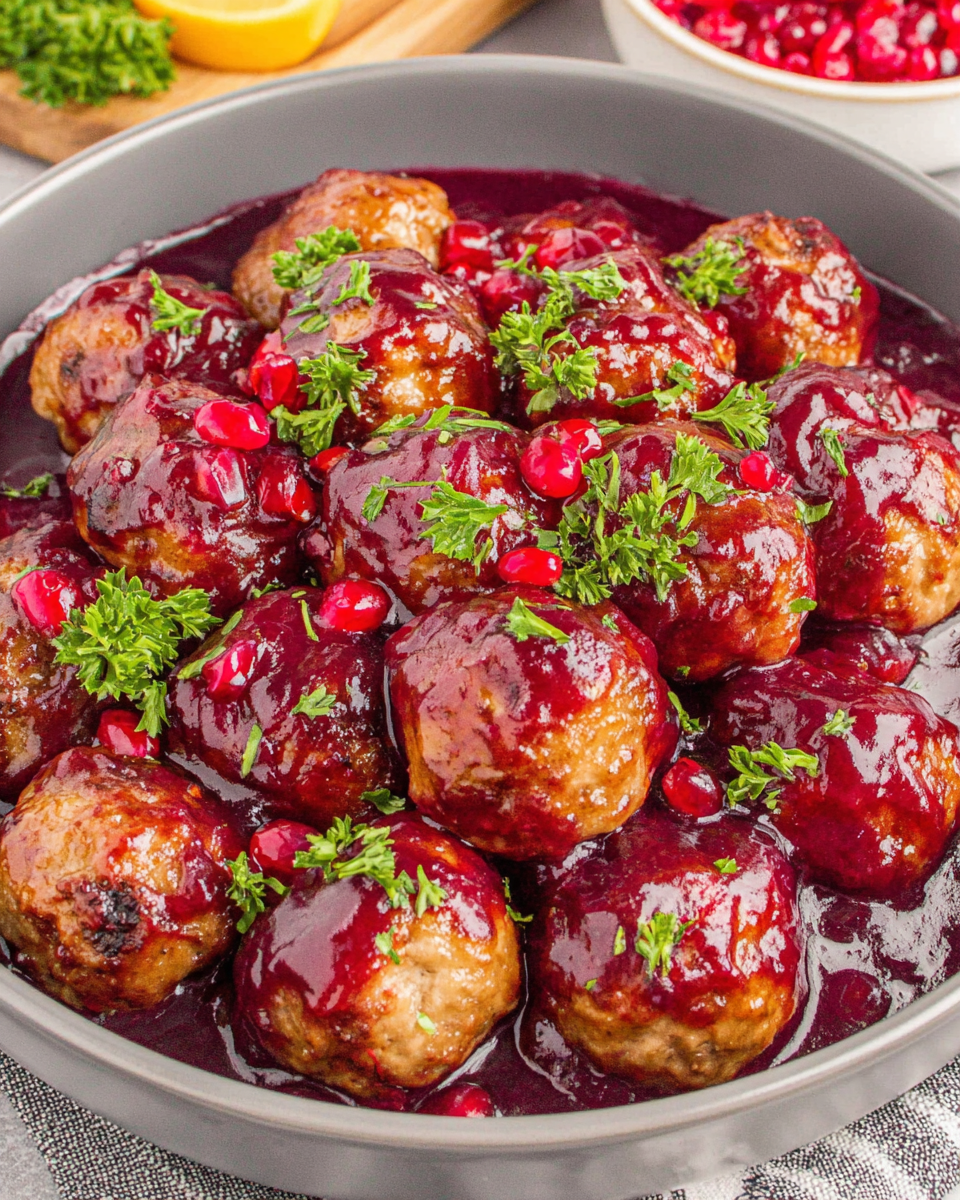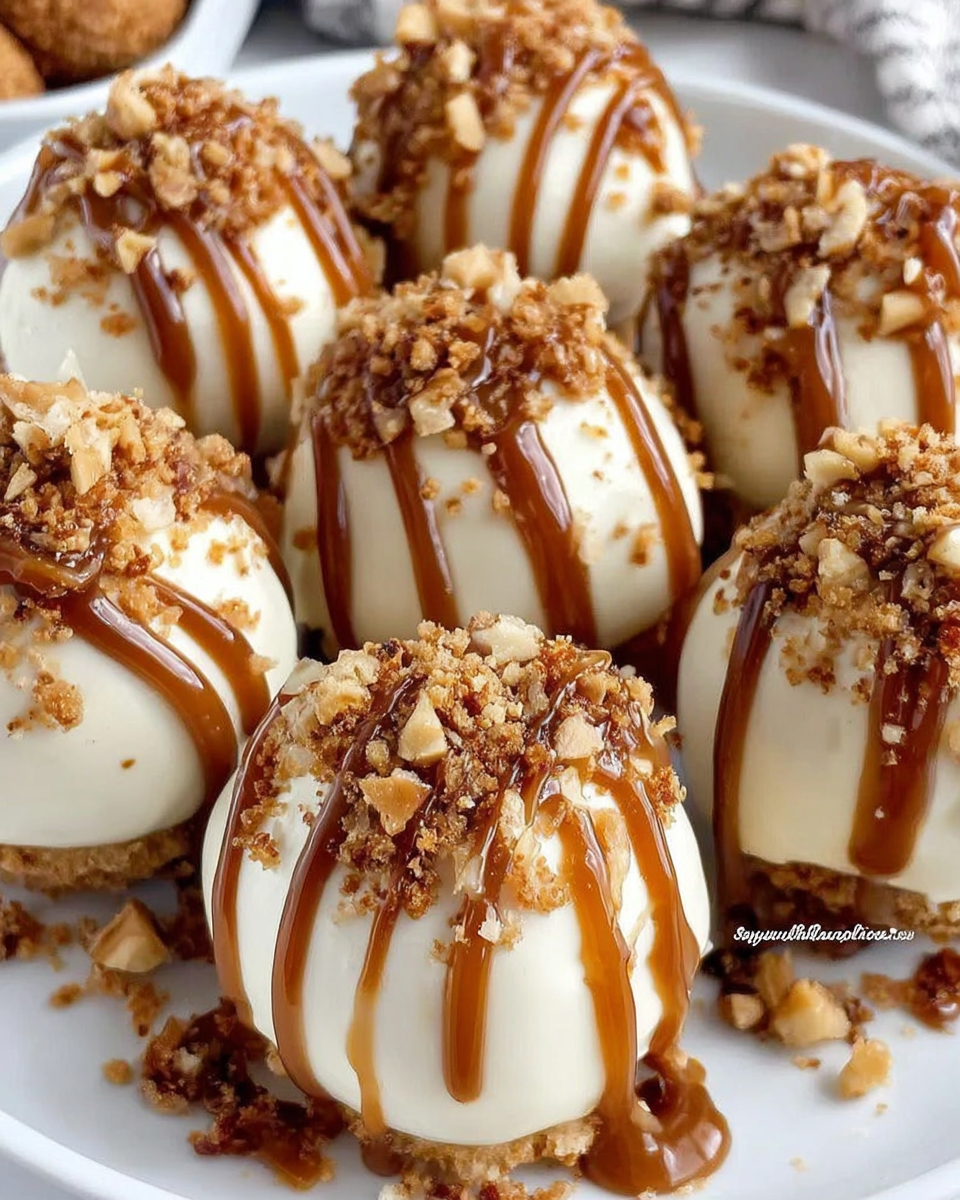Introduction
Thanksgiving is a time for family, gratitude, and, most importantly, delicious food. Among the array of dishes, Grandma's classic stuffing holds a special place in many hearts. This dish isn’t just a side; it’s a cherished tradition laden with flavors that tell a story.
Crafted with rustic bread and a medley of herbs, this stuffing encapsulates the essence of Thanksgiving. As you prepare it in your own kitchen, you'll connect not only with the ingredients but also with memories of gatherings around the table. Every bite is a reminder of love, warmth, and unforgettable moments shared.
Ingredients
- 1 loaf of hearty bread (about 1 pound)
A robust bread, like sourdough or French bread, serves as the foundation of the stuffing. It absorbs the savory broth while retaining its texture, providing a delightful contrast in each bite. - 1 cup unsalted butter
Butter adds richness and depth to the stuffing, enhancing its flavors and contributing to a moist texture. It also helps to sauté the aromatics, releasing their essential oils and flavors. - 2 cups onions, diced
Onions are fundamental in building a flavor base. They caramelize when cooked, providing a natural sweetness that balances the savory elements in the stuffing. - 1 cup celery, diced
Celery provides a refreshing crunch and an aromatic note that complements the onions. Its moisture content helps maintain the stuffing's overall texture. - 2 cloves garlic, minced
Garlic adds a punch of flavor that enhances the stuffing's profile. It brings warmth and a slight bitterness, helping to elevate the savory notes. - 2 tablespoons fresh sage, chopped
Sage is a quintessential herb in stuffing, known for its earthy and slightly peppery flavor. It infuses the dish with a traditional Thanksgiving aroma that is hard to resist. - 2 tablespoons fresh thyme, chopped
Thyme adds a subtle minty note and complements the sage perfectly. Its fragrance enhances the overall bouquet of the stuffing, making it aromatic and inviting. - 1 teaspoon salt
Salt is critical in balancing flavors. It brings out the natural sweetness of vegetables and enhances the earthiness of the herbs. - 1/2 teaspoon black pepper
Black pepper adds warmth and a little heat, creating complexity in the flavor profile of the stuffing. - 4 cups low-sodium chicken or vegetable broth
Broth adds moisture and enriches the stuffing with meaty or savory flavor, helping the bread to absorb the seasonings while preventing it from being too dry. - 1/4 cup fresh parsley, chopped (optional)
Parsley adds a fresh, vibrant note, offering a burst of color and subtle herbal flavor that lightens the richness of the other ingredients.
Directions & Preparation
Step 1: Cube the bread into bite-sized pieces and let it dry out overnight.
Drying the bread allows it to soak up the broth more effectively without becoming mushy. This step is crucial for achieving the perfect texture. If you’re short on time, you can toast the bread cubes in the oven at 300°F for about 20 minutes until they are dried but not browned.
Step 2: In a large skillet, melt the butter over medium heat.
Melting the butter at this temperature ensures it combines well with the vegetables without burning. The butter serves as the cooking medium for the onions and celery, creating a flavorful base for the stuffing.
Step 3: Add the onions and celery to the skillet, cooking until tender, about 5-7 minutes.
This step is essential for softening the onions and celery, allowing them to caramelize slightly. The sautéing process draws out their natural sugars, enhancing the overall sweetness of the stuffing.
Step 4: Stir in the minced garlic and herbs, seasoning with salt and pepper; cook for an additional 2 minutes.
Adding garlic and herbs at this stage allows their flavors to bloom without burning. The aroma released at this point is not only tantalizing but also infuses the sautéed vegetables with additional depth.
Step 5: In a large bowl, combine the dried bread cubes with the sautéed mixture.
Tossing the bread cubes with the sautéed vegetables ensures an even distribution of flavors. This step prepares the mixture for the next phase, where it will absorb the broth.
Step 6: Pour in the broth slowly, stirring gently to combine.
Adding the broth gradually ensures the bread absorbs sufficient moisture without becoming overly soggy. It’s essential to achieve the right balance—too little broth results in dry stuffing, while too much makes it mushy.
Step 7: Transfer the stuffing to a greased baking dish and cover with foil.
Covering the baking dish helps trap steam, which prevents the stuffing from drying out during the early stages of baking. It also allows for even cooking, ensuring that all flavors meld harmoniously.
Step 8: Bake in a preheated oven at 350°F for about 30 minutes, removing the foil during the last 10 minutes.
Baking allows the flavors to meld together while the uncovered phase creates a golden, crispy top. This texture contrast is key, providing both moisture and crunch in each bite.

The Magic of Herb Compatibility
Herbs play a crucial role in defining the character of stuffing. Combinations like sage and thyme complement each other beautifully, balancing earthy notes with brighter flavors. Experimenting with these herbs can create personalized versions of Grandma’s recipe, each with its unique touch.
Transforming Leftovers into Creative Dishes
Often, leftover stuffing might find itself overlooked after the Thanksgiving feast. However, consider reinventing it! Stuff it into bell peppers for baking, or even blend it with eggs for a hearty breakfast strata. These transformations honor the tradition while maximizing flavors.
The Heart of Tradition
Ultimately, stuffing embodies the love and warmth of the Thanksgiving table. Families often have their own variations, passed down through generations. Whether it is the bread choice or additional spices, each alteration conveys personal history and unique family flavors, all centered around a cherished dish.
FAQs
What bread types work best for this stuffing?
Hearty breads like sourdough, French, or ciabatta are ideal due to their texture, allowing for good absorption without becoming mushy.
What should I do if my stuffing seems too dry after baking?
If your stuffing turns out dry, drizzle a little more broth over it and toss gently to incorporate the moisture before serving.
Can I make this stuffing while preparing the turkey?
Yes! You can prepare the stuffing the day before and then bake it while your turkey rests after cooking, maximizing your time in the kitchen.
Is it necessary to use fresh herbs?
While fresh herbs provide the best flavor, dried herbs can be used in a pinch. Use about one-third of the amount, as dried herbs are more concentrated.
What if I prefer a spicier flavor in my stuffing?
You can add red pepper flakes or diced jalapeños to the sautéed vegetables to give your stuffing a delightful kick!
How can I adjust the stuffing if I want to prepare double the amount?
Simply double all the ingredients. Make sure to account for the baking dish size and adjust oven time as needed.
Conclusion
Embracing Grandma’s classic Thanksgiving stuffing is more than just a recipe; it’s a way to connect with generations past. This beloved dish encourages creativity while honoring traditions, allowing everyone to share personal touches and flavors that resonate.
The warm aroma of stuffing baking in the oven can transform any gathering, inviting nostalgia and comfort. As you gather your loved ones around the table this Thanksgiving, let each bite of stuffing remind you of the heartwarming legacy that food creates.
Recipe Card
Stove Top Stuffing Meatloaf – Easy, Juicy, and Flavor-Packed Dinner
Ingredients
- 1 pound ground beef
- 1 box Stove Top stuffing mix 6 ounces
- 1 cup water or beef broth
- 1 small onion finely chopped
- 1 egg
- 1 teaspoon garlic powder
- 1 teaspoon Worcestershire sauce
- Salt and pepper to taste
Instructions
- Preheat the oven to 350°F (175°C).
- In a large mixing bowl, combine the ground beef, Stove Top stuffing mix, water or beef broth, chopped onion, egg, garlic powder, Worcestershire sauce, salt, and pepper.
- Mix until just combined, being careful not to overwork the meat.
- Transfer the mixture to a greased loaf pan and shape it into a loaf.
- Bake in the preheated oven for 1 hour, or until the internal temperature reaches 160°F (70°C).
- Let the meatloaf rest for 10 minutes before slicing.
- Slice and serve warm, with your favorite sides.
Notes
Additional serving suggestions: pair with a crisp salad, garlic bread, or roasted seasonal vegetables for balance.
For make-ahead, prep components separately and assemble just before heating to preserve texture.
Taste and adjust with acid (lemon/vinegar) and salt right at the end to wake up flavors.
